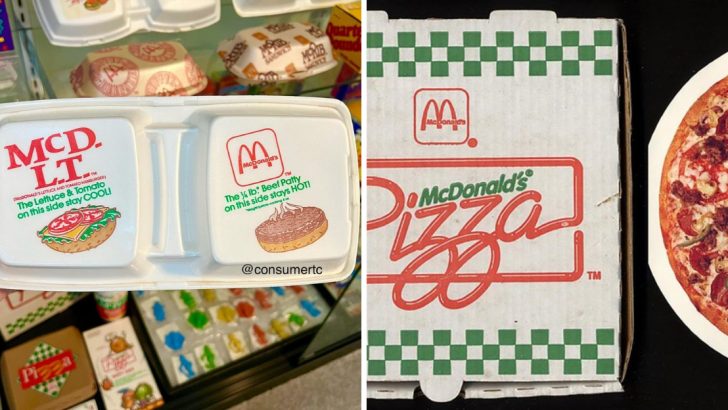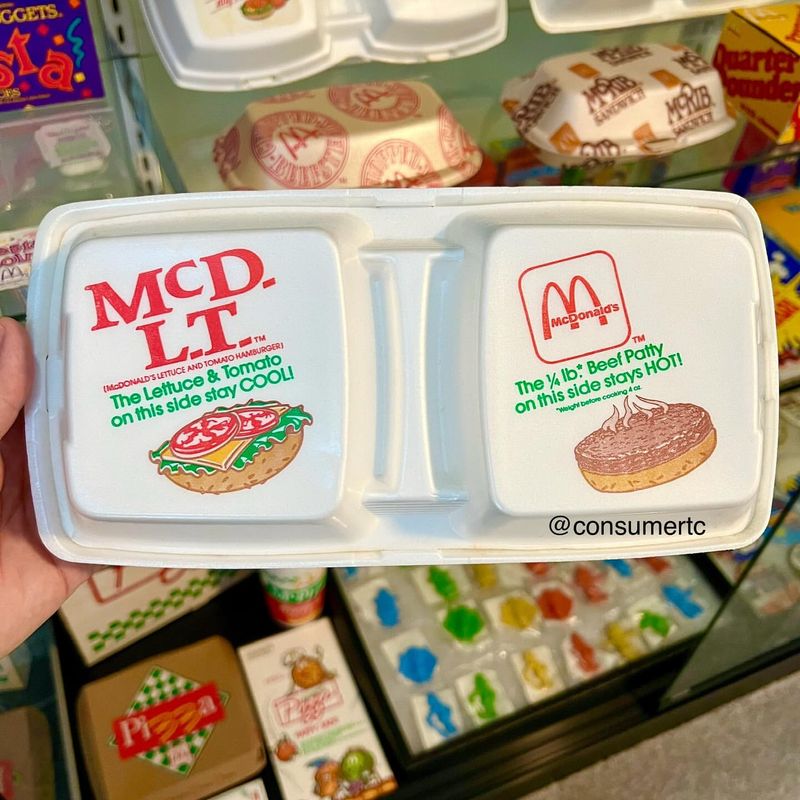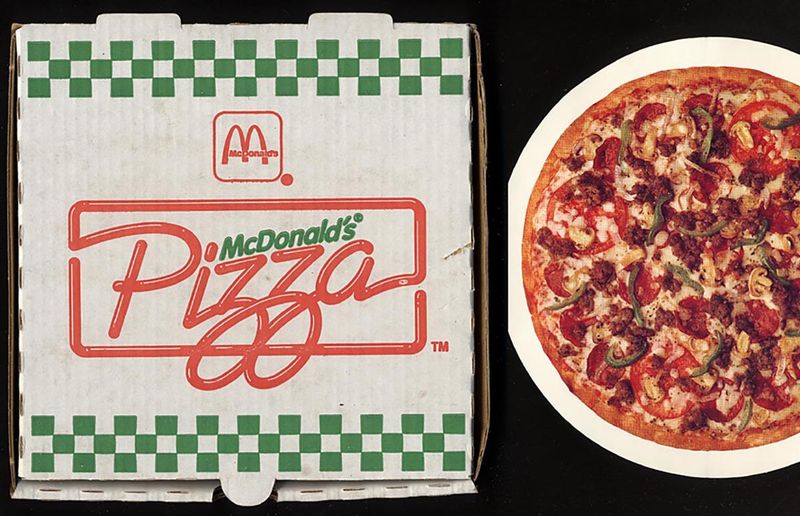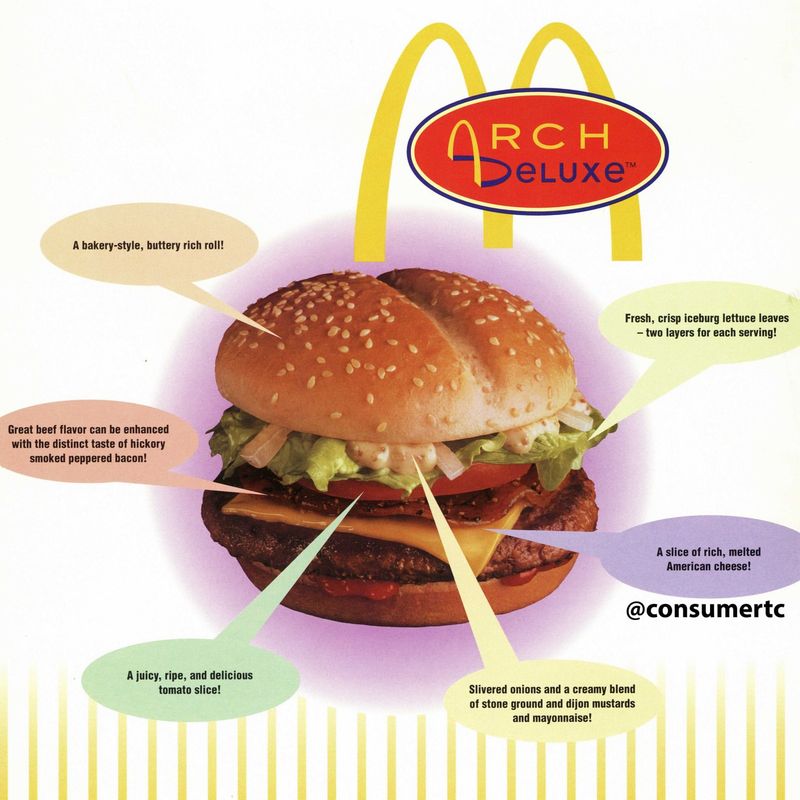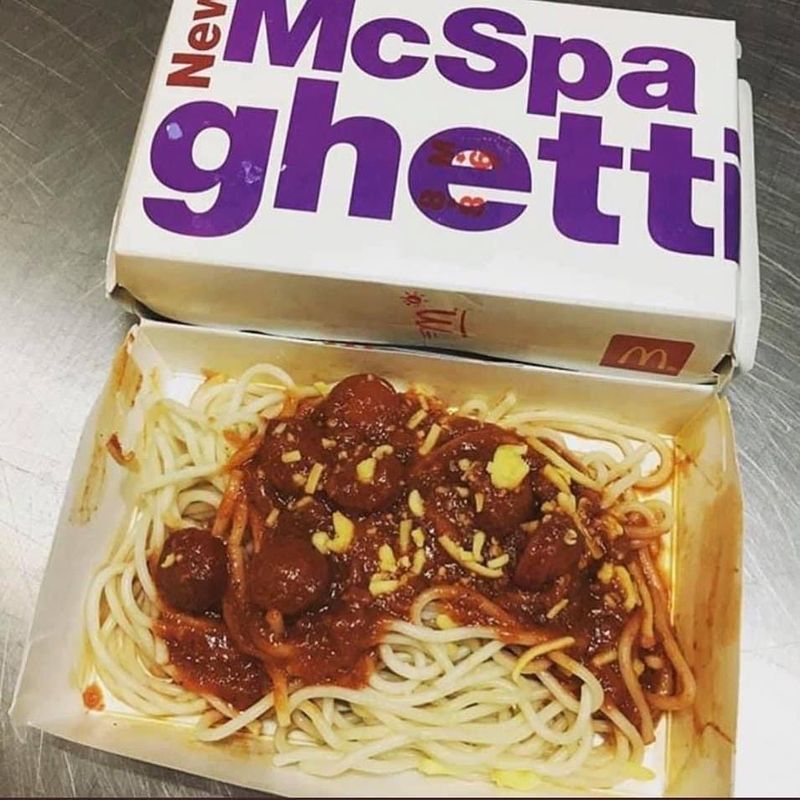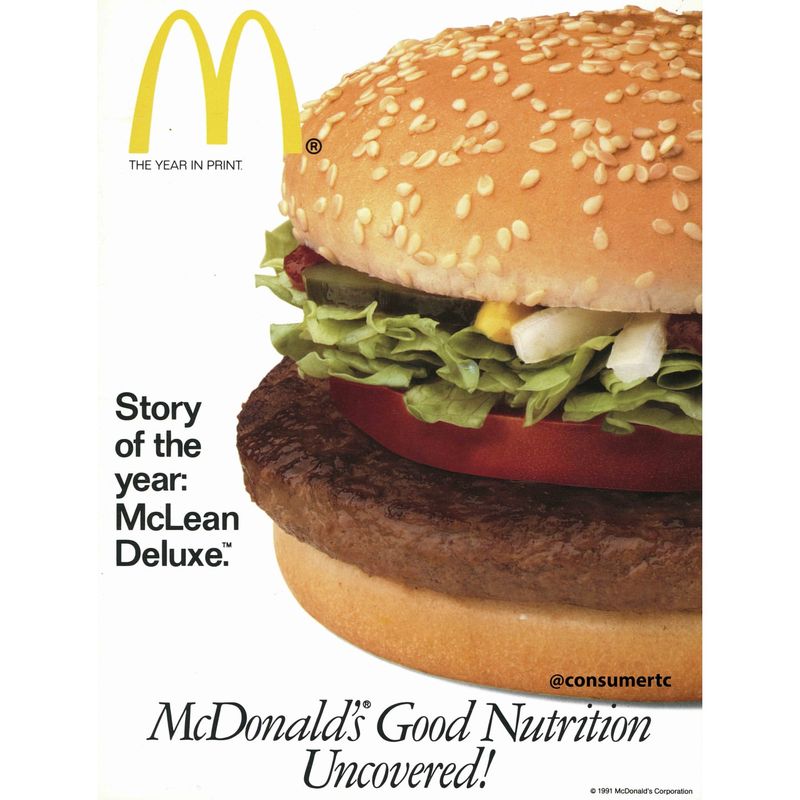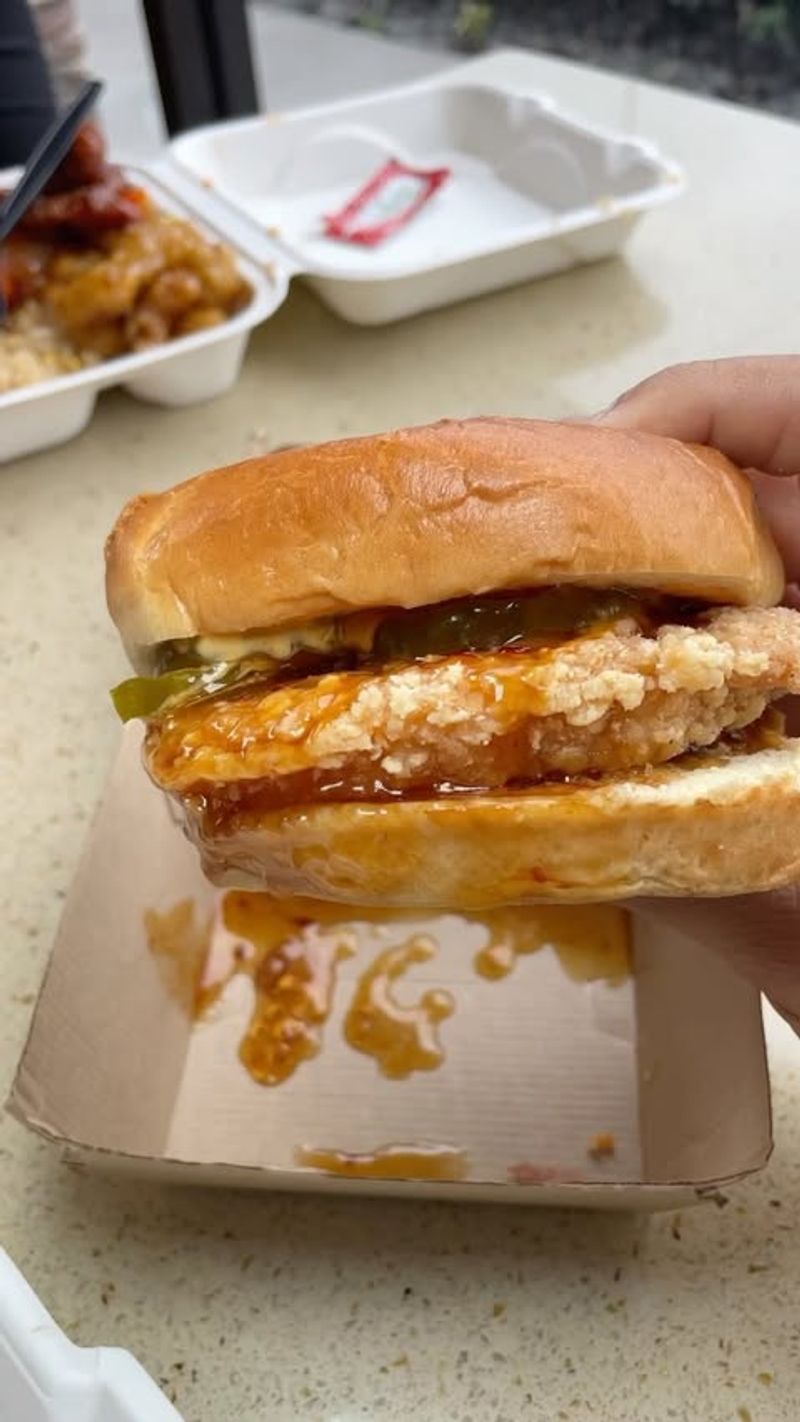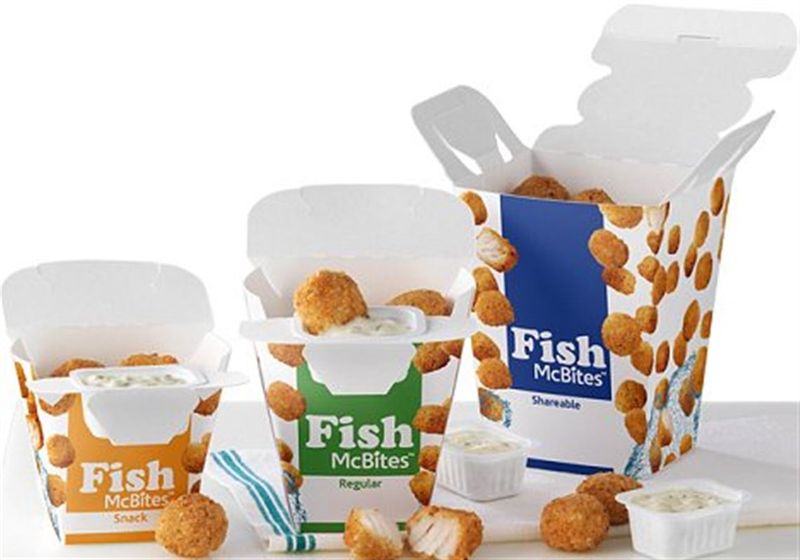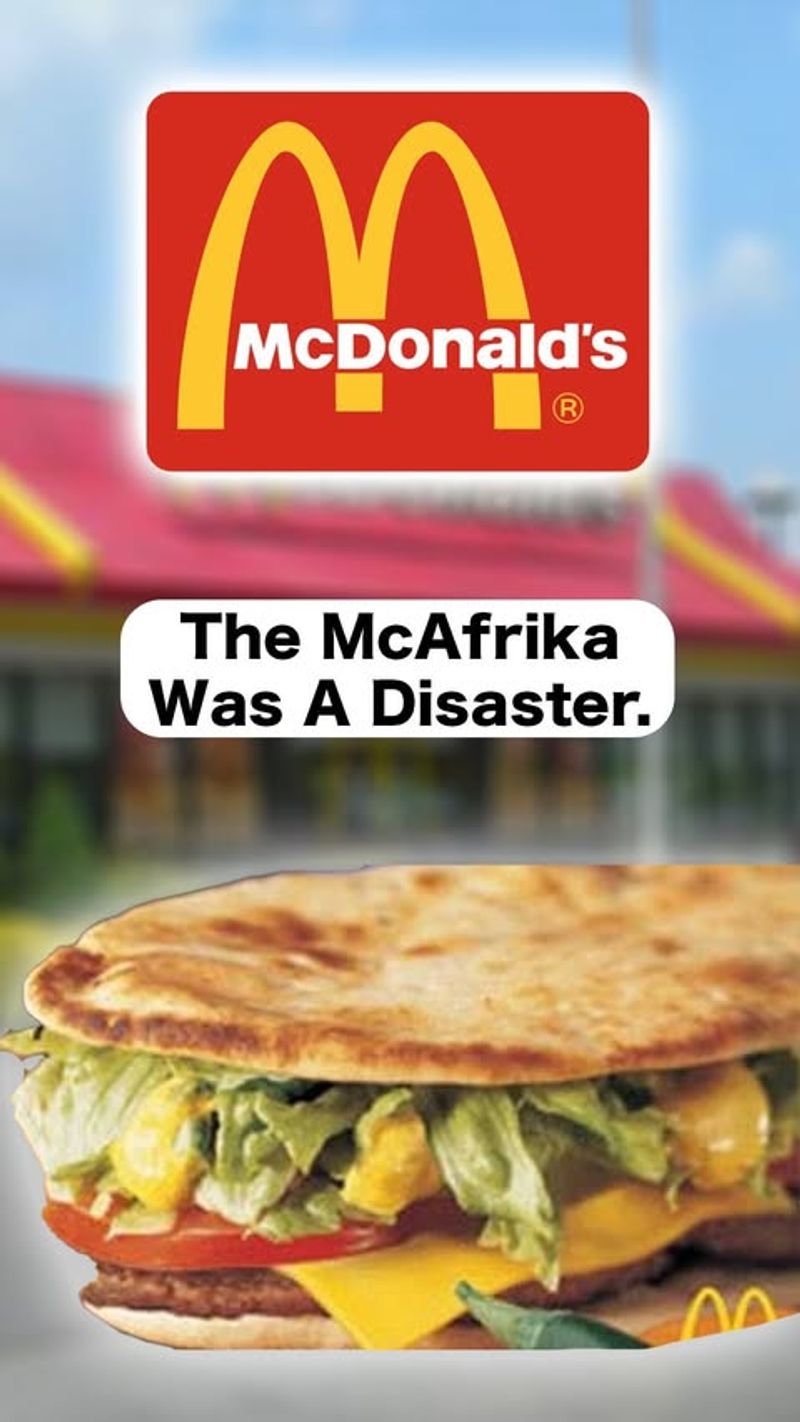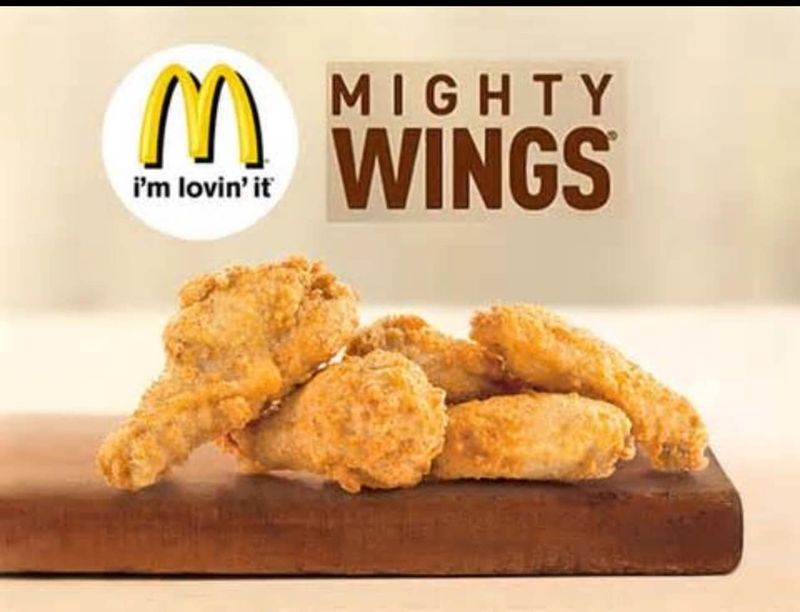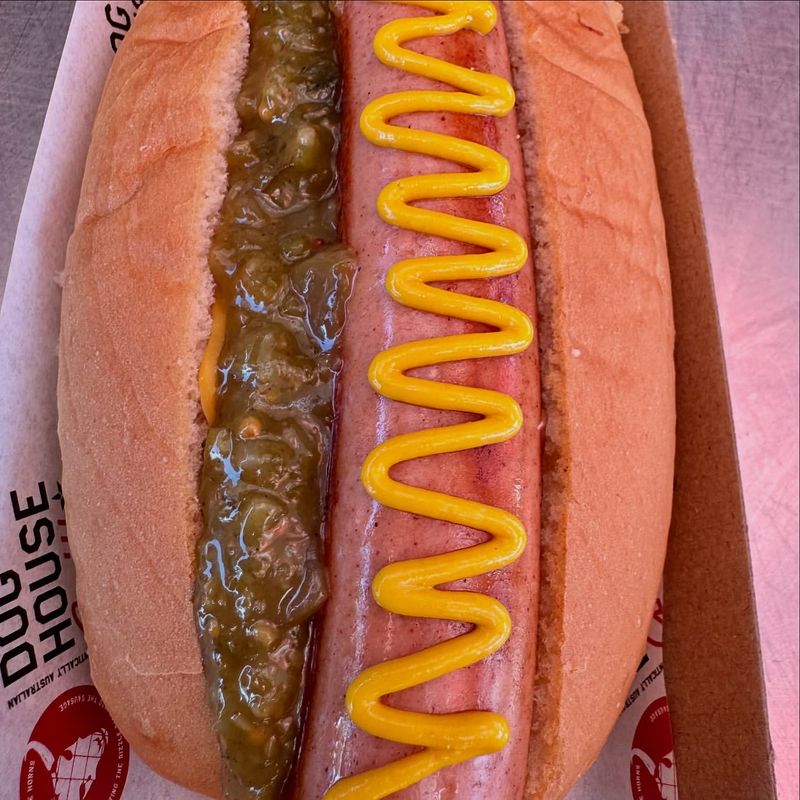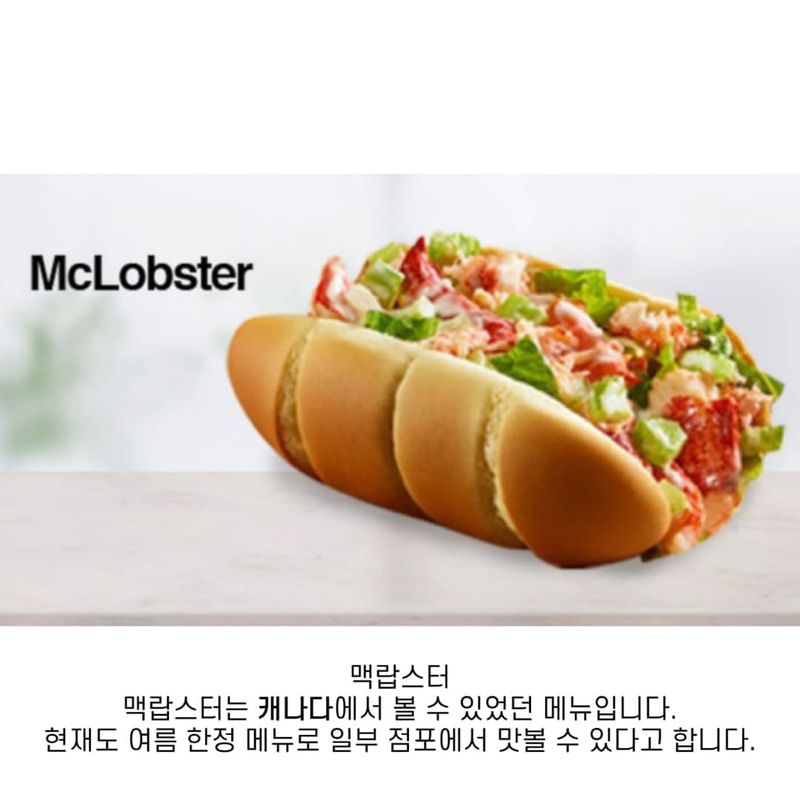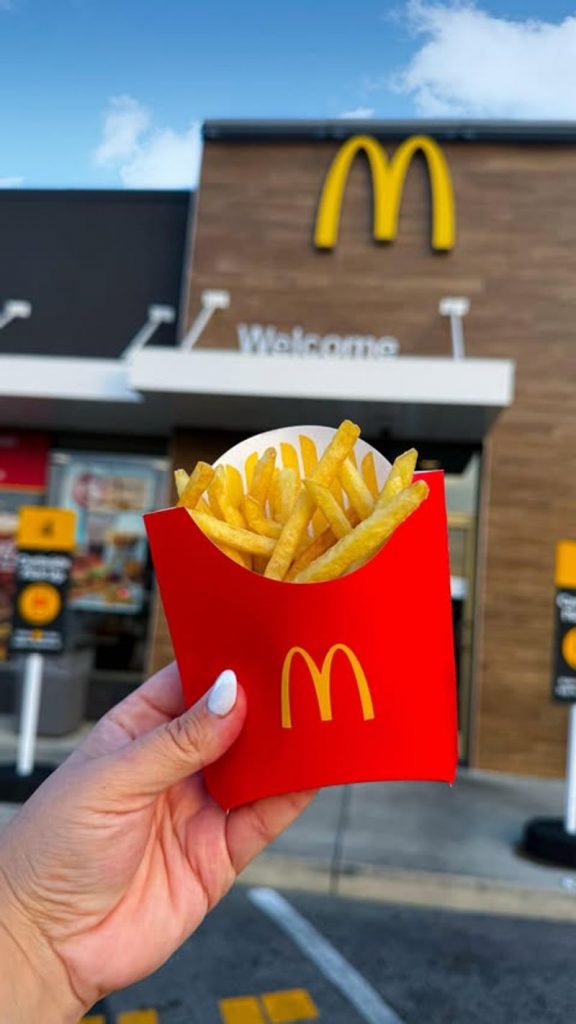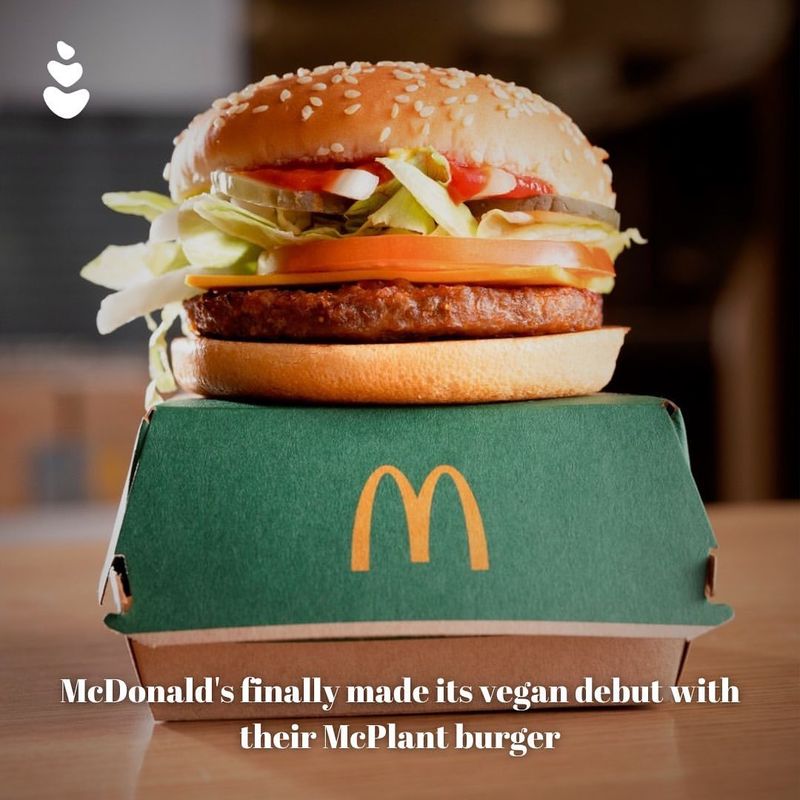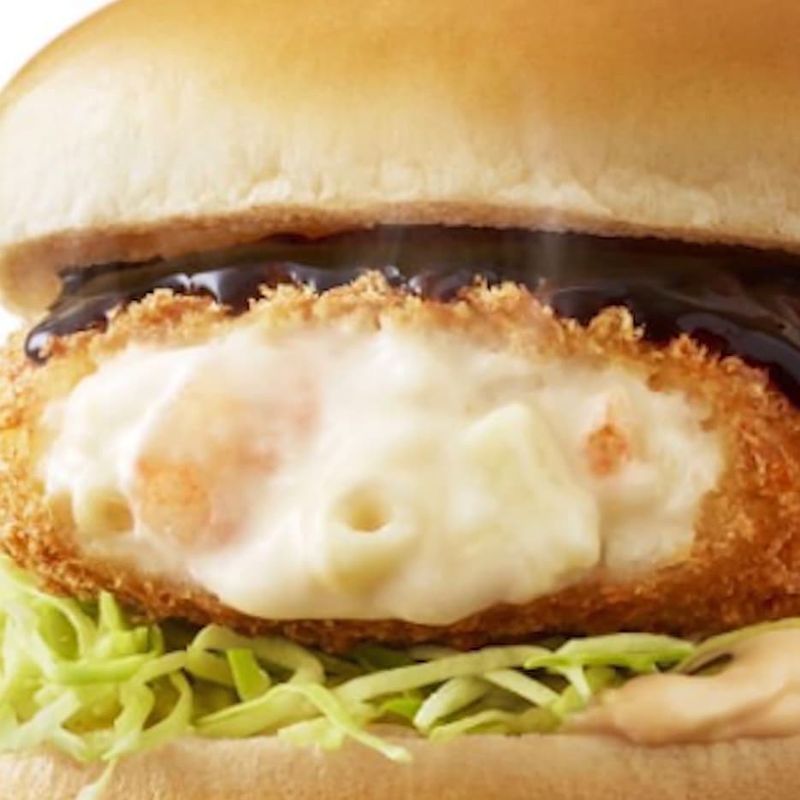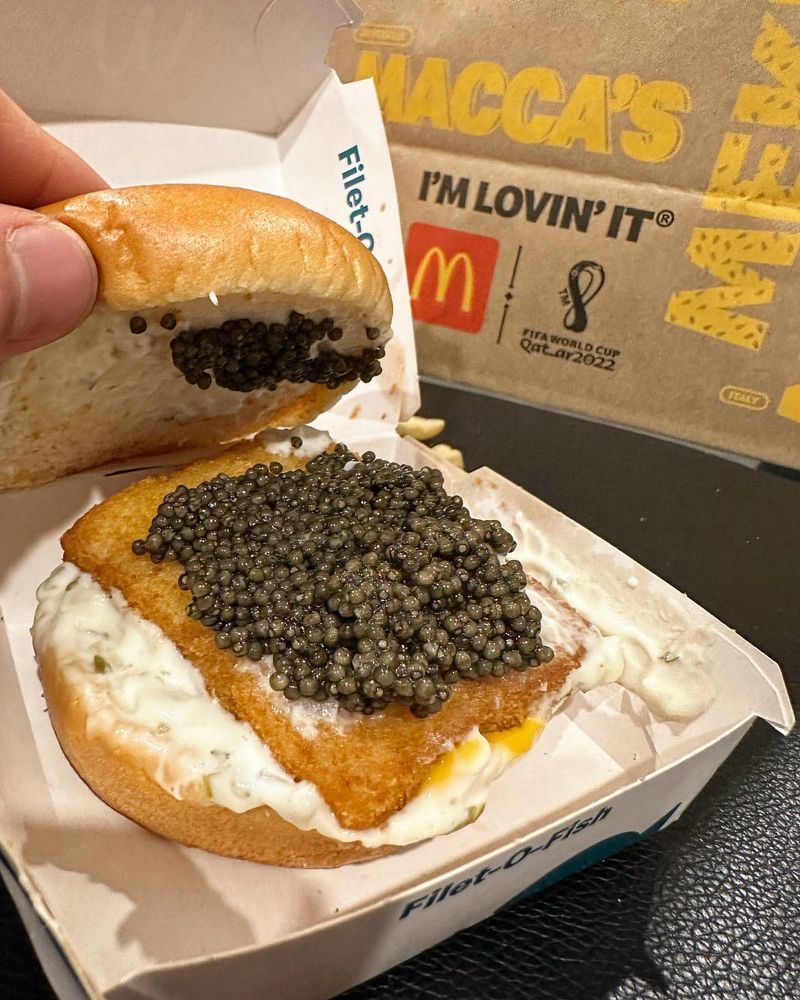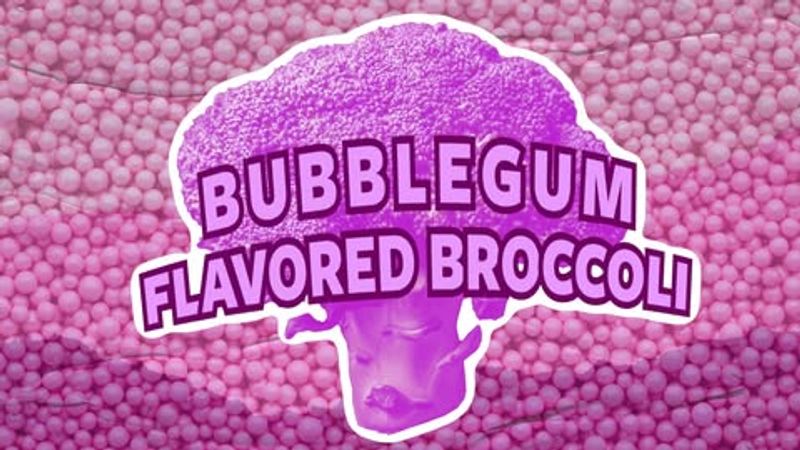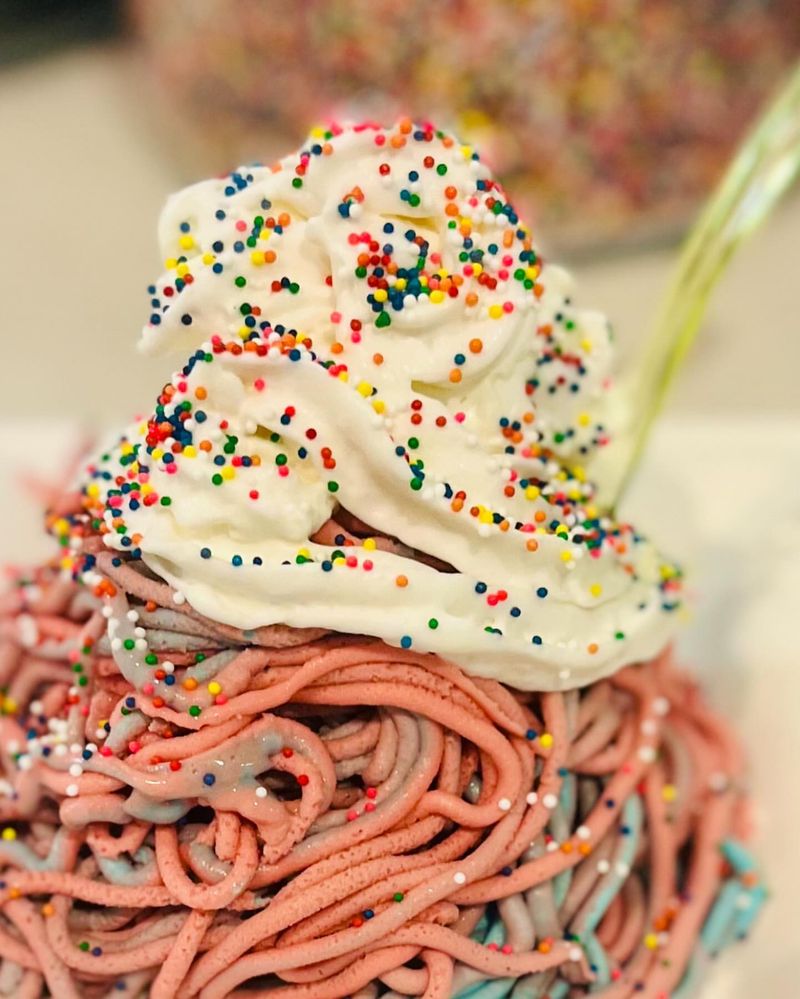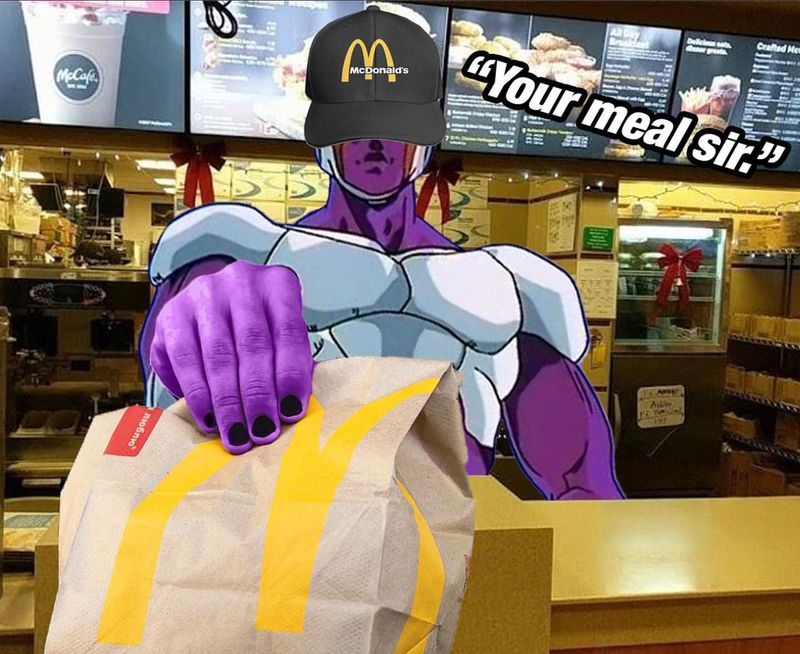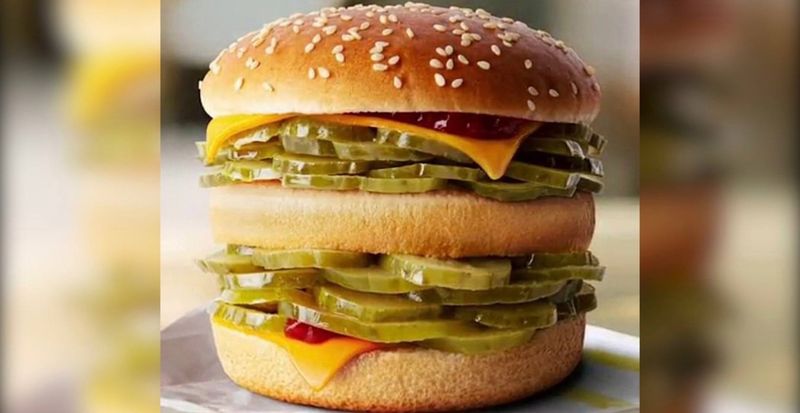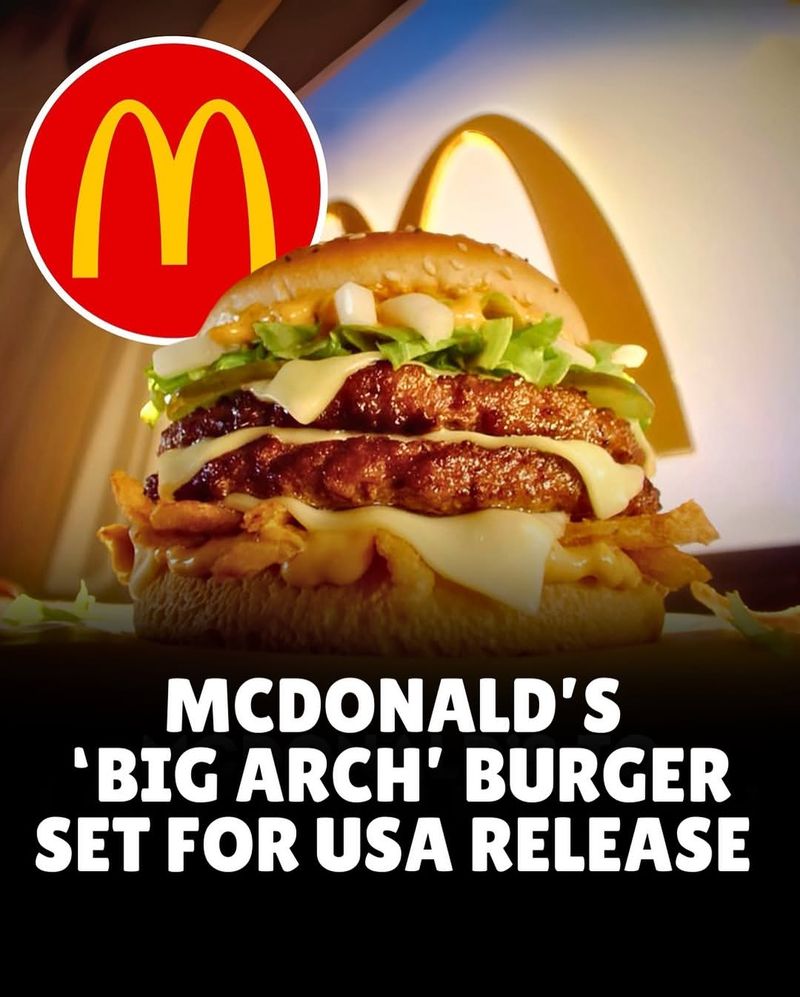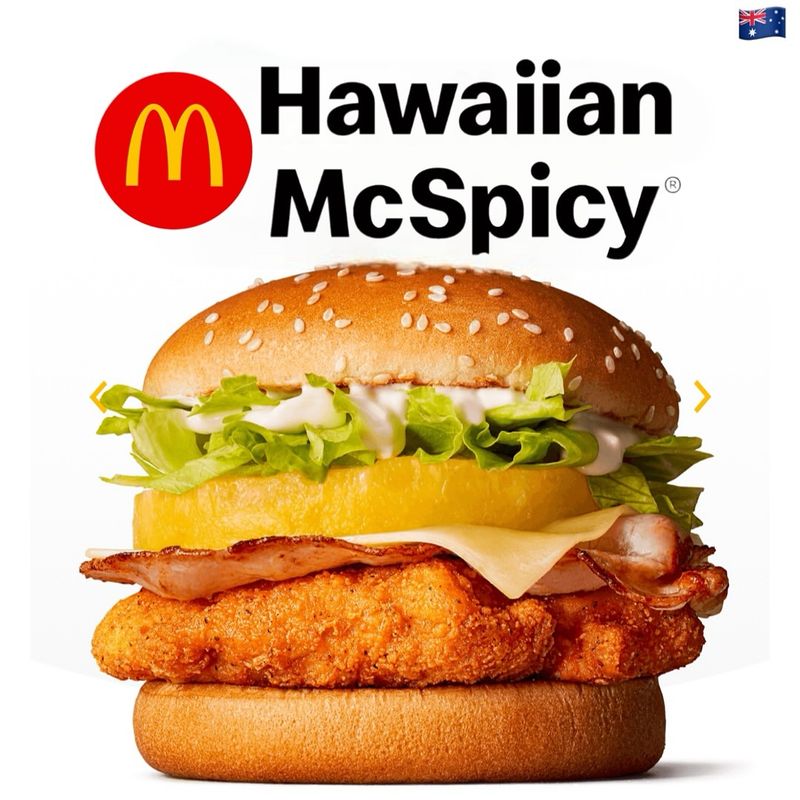McDonald’s, the fast-food giant we all know and love, hasn’t always struck gold with its menu items.
In fact, there have been some epic failures along the way. As a self-proclaimed fast-food connoisseur, I’ve tasted some of these not-so-golden nuggets of history.
Here’s a list of 26 McDonald’s products that crashed and burned. Grab your fries and let’s dig in!
1. McDLT
Oh, the McDLT! It was McDonald’s attempt to keep the hot side hot and the cold side cold. This burger came in a styrofoam container with two compartments. On one side, you had your hot beef patty and on the other, the crispy lettuce and tomato. It was a neat idea in theory.
But who wants to assemble their burger every time? Plus, the environmental impact of those styrofoam containers was a big no-no. Ultimately, convenience won. People didn’t want extra steps in their fast-food experience. It was an innovation that missed the mark.
The McDLT became a symbol of failed fast-food creativity. It disappeared quietly, leaving the stage for simpler, mess-free options. Sometimes, simpler is better!
2. McPizza
Say what? Yes, McDonald’s once tried to enter the pizza market! The McPizza was part of a bold move to diversify its menu. But let’s face it, who goes to McDonald’s for pizza? Not many, as it turned out. The pizza took longer to prepare than their typical fast-food fare.
Customers weren’t thrilled about the wait. Plus, the taste didn’t quite measure up to traditional pizzerias. McDonald’s pizza ovens were slow, and so was the rollout.
McPizza faded into obscurity, teaching us that sometimes, sticking to your strengths is the best policy. McDonald’s returned to what it knew best: burgers and fries. Lesson learned, and pizzas? Well, they’re best left to the experts.
3. Arch Deluxe
The Arch Deluxe was McDonald’s attempt to woo the adult palate. Advertised as the “burger with grown-up taste,” it featured a fancy Dijon mustard sauce. McDonald’s invested heavily in its marketing.
However, adults weren’t convinced. Fast food is often about speed over sophistication. The higher price tag didn’t help either.
Ultimately, the Arch Deluxe couldn’t justify itself on the menu. Customers preferred their traditional choices. The lesson? Know your audience and their tastes.
4. McSpaghetti
McSpaghetti, anyone? Yes, it happened! McDonald’s tried to bring Italian cuisine into its fast-food lineup. The idea was to offer variety, but spaghetti from a burger joint? Hmm.
The concept was confusing to customers. Moreover, the taste didn’t exactly transport anyone to Italy. It lacked the authentic flavors Italian food lovers craved.
McSpaghetti was pulled from most markets quickly. McDonald’s realized that pasta didn’t quite fit with their brand image. McSpaghetti remains one of those quirky footnotes in McHistory.
5. McLean Deluxe
The McLean Deluxe was McDonald’s attempt at a low-fat burger. Made with lean beef, it aimed to capture a market looking for healthier options. But guess what?
It was too good to be true. The taste was a letdown for many. Lean beef just couldn’t deliver the juicy satisfaction people expected from a burger.
Despite its noble intentions, the McLean Deluxe didn’t last. Sometimes, the pursuit of health over flavor doesn’t fly. Burgers are, after all, meant to be a guilty pleasure, right? McDonald’s learned that and pivoted back to its indulgent roots.
6. Hula Burger
Imagine a burger with pineapple instead of a beef patty. That’s the Hula Burger! It was McDonald’s answer to Lent, offering a meatless option for the observant.
Unfortunately, the Hula Burger didn’t have the same appeal as its beefy cousins. The sweet and savory combo wasn’t a hit.
Introduced in the 1960s, it quickly lost out to the Filet-O-Fish, which was launched around the same time. The Hula Burger teaches us that sometimes tradition, like sticking to fish on Fridays, prevails over novelty.
7. Fish McBites
They were McDonald’s take on bite-sized fish snacks. Think chicken nuggets, but fishy! They were supposed to be a fun, poppable seafood alternative.
The problem? They didn’t quite pack the flavor punch. Customers found them bland and unmemorable.
The Fish McBites flopped quickly, leaving the McFish niche to the ever-popular Filet-O-Fish. It was a reminder that not all nuggets are created equal. Stick to the classics, like chicken! Sometimes, simple is best.
8. McAfrika
This one caused quite a stir. Launched in Norway, it was McDonald’s attempt at an international flavor twist. But the name sparked controversy due to its insensitivity.
The timing couldn’t have been worse, as it coincided with food shortages in Africa. The backlash was swift, and McDonald’s faced criticism for being tone-deaf.
The McAfrika was swiftly removed from the menu. It was a lesson in cultural sensitivity and awareness. The takeaway? Names matter, and so does timing. Always read the room.
9. Mighty Wings
When McDonald’s decided to fry up some chicken wings, expectations were high. Mighty Wings were meant to tap into the spicy wing craze. But alas, the price was a problem.
They were too expensive compared to other wing offerings. And the spice level? A bit too much for some fast-food goers.
Mighty Wings didn’t soar and were eventually grounded. The price point and spice didn’t align with customer expectations. Wings are apparently best left to specialized wing joints.
10. McHotDog
Hot dogs at McDonald’s? Yep, they tried it! The McHotDog was McDonald’s foray into the hot dog market. But, it didn’t quite fit in with the brand’s burger-centric identity.
Customers were confused. McDonald’s was synonymous with burgers, not hot dogs. The taste didn’t stand out in a crowded market.
Ultimately, the McHotDog didn’t have staying power. It taught McDonald’s that some things are best left to the ballpark. Hot dogs are fun, but McDonald’s is a burger place at heart.
11. McLobster
Fancy a lobster roll from McDonald’s? The McLobster was an adventurous attempt to bring seafood luxury to fast food. Available seasonally, it had its fans but faced hurdles.
The price was high, and consistency varied. Some loved it, but many were skeptical about getting lobster from a burger joint.
McLobster pops up occasionally but never becomes a staple. The idea of luxury at McDonald’s remains appealing yet elusive. It’s a reminder that some culinary experiences are best savored elsewhere.
12. McSoup
Soup from McDonald’s? That’s right, McSoup was once on the menu! It seemed like a wholesome addition, ideal for colder days or a light meal.
But fast food and soup didn’t gel well. Customers saw McDonald’s as a place for quick, satisfying meals, not slow-sipping soups.
McSoup didn’t last long. The lesson? Sometimes, less is more. Stick to the core offerings that define the brand. Soup, it seems, is best left to cafes.
13. McStuffins
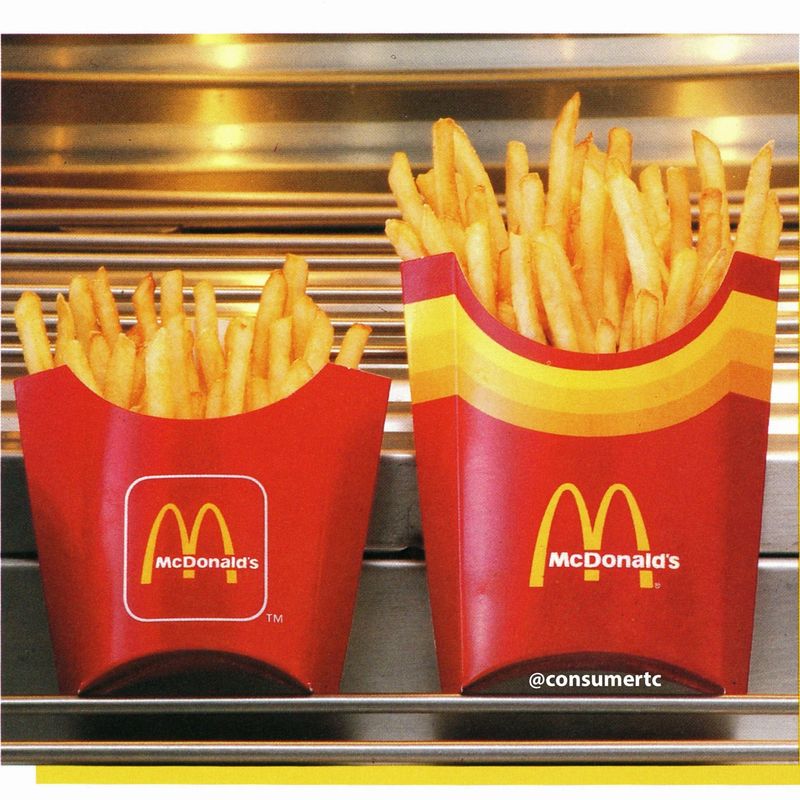
McStuffins, no relation to the cartoon doctor, were McDonald’s version of pocket sandwiches. They came with various fillings like BBQ chicken and teriyaki.
While the concept was portable and convenient, the execution fell short. The fillings didn’t impress, and the bread was often dry.
McStuffins were soon discontinued, illustrating the challenge of introducing new formats in a burger-dominated market. Sometimes, it’s best to leave sandwiches to the deli experts.
14. McPlant
McDonald’s ventured into the plant-based market with the McPlant, hoping to attract vegan and vegetarian audiences. Despite the growing trend towards plant-based diets it has struggled to gain traction. Customers felt the burger didn’t quite match the taste.
While some praised the effort to include a vegan option, others found it lacking in flavor compared to beef counterparts. The feedback was mixed, and sales didn’t justify a permanent spot on the menu. The attempt to cater to a niche audience didn’t translate into the popularity McDonald’s anticipated.
As plant-based diets continue to grow, McDonald’s may yet revisit this concep. For now, the McPlant is a reminder that not all trends perfectly fit the fast-food mold.
15. McGratin Croquette
Introduced in Japan, the McGratin Croquette was an intriguing mix of shrimp, mashed potatoes, and macaroni. All deep-fried to a golden crisp. Despite its unique concept, it failed to capture the hearts of customers.
The texture was a departure from the typical burger- It left many unsure how to perceive it. While some enjoyed the novelty, others were put off by the unusual combination. The croquette struggled to establish itself amidst more traditional offerings.
Ultimately, the McGratin Croquette couldn’t sustain its place on the menu. It still remains a curious footnote in McDonald’s international experiments.
16. Arch Deluxe
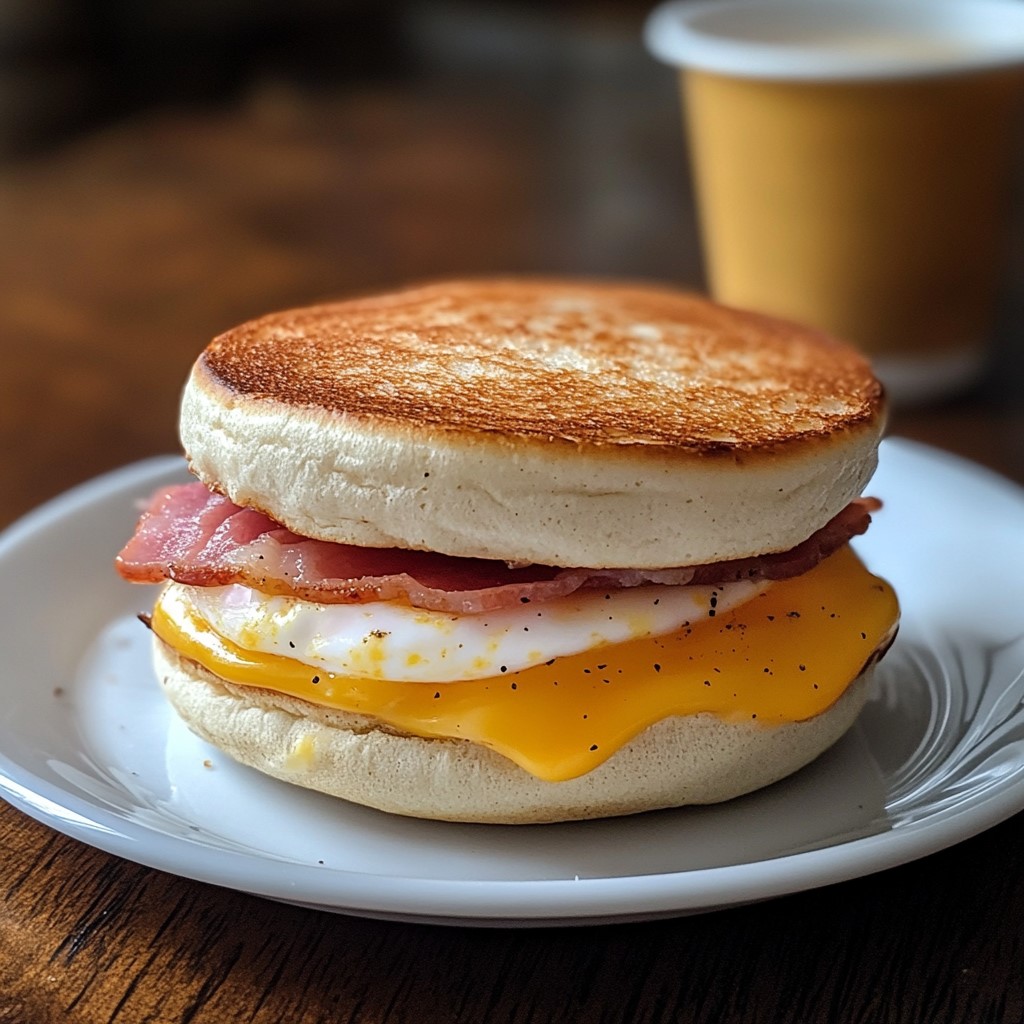
The Arch Deluxe was McDonald’s attempt to woo the adult palate. Advertised as the “burger with grown-up taste,” it featured a fancy Dijon mustard sauce. McDonald’s invested heavily in its marketing.
However, adults weren’t convinced. Fast food is often about speed over sophistication. The higher price tag didn’t help either.
Ultimately, the Arch Deluxe couldn’t justify itself on the menu. Customers preferred their traditional choices. The lesson? Know your audience and their tastes. Sometimes, a classic cheeseburger is all you need.
17. McCaviar Delight
In a bold attempt to capture the luxury market, McDonald’s introduced the McCaviar Delight. This premium burger featured layers of fine caviar atop a juicy beef patty, nestled between freshly baked brioche buns.
The company aimed to attract gourmet enthusiasts seeking a fast-food twist. Despite the sophisticated concept, the product struggled due to the high price point and niche appeal.
Customers found the taste to be an odd mix, and the extravagant offering was at odds with McDonald’s brand. Ultimately, the McCaviar Delight was a costly lesson in market mismatch.
18. Bubblegum Broccoli
McDonald’s made a playful attempt to entice kids with their Bubblegum Broccoli. Designed to resemble broccoli but with a sweet, bubblegum flavor, this product aimed to make vegetables more appealing to young customers. The color and chewy texture added to its whimsical appeal.
However, this innovation was too peculiar for most. Parents and children were confused. The taste clashed with expectations, and the product failed to gain traction.
It was a well-meaning intention to promote healthier eating, But, Bubblegum Broccoli was shelved due to its impracticality and limited acceptance.
19. Spaghetti Sundae
Pushing the boundaries of dessert, McDonald’s launched the Spaghetti Sundae. A creative fusion of pasta and ice cream. This unusual treat featured spaghetti noodles drizzled with chocolate sauce and finished with a cherry on top.
The concept aimed to surprise and delight with its unexpected combination. Unfortunately, the dish’s confusing nature left many patrons bewildered.
Spaghetti lovers and sundae enthusiasts alike were unconvinced by the blend, and the product swiftly faded from menus. Spaghetti Sundae remains a quirky footnote in McDonald’s adventurous culinary history.
20. McCactus Cooler
The McCactus Cooler was McDonald’s bold attempt to dive into the world of exotic, desert-themed beverages. Launched in the sun-drenched state of Arizona, this unusual drink combined cactus pulp and prickly pear syrup.
Initially, it intrigued adventurous consumers. But the texture was an unexpected challenge. The slimy consistency was off-putting to many.
Despite its refreshing appearance, it couldn’t overcome the hurdle of mainstream appeal. Locals joked about its resemblance to actual cactus juice. It became more of a local meme than a beloved product. The McCactus Cooler wilted under the desert sun of consumer indifference.
21. McPickle Pop
The McPickle Pop was McDonald’s foray into novelty snack territory—a pickle-flavored ice pop. Introduced in select locations in Manhattan, it was meant to capture the adventurous spirit of urban foodies. T
The initial appeal was undeniable; who wouldn’t be curious about a pickle on a stick? But curiosity quickly turned to bewilderment. The sour, salty flavor clashed with the icy texture.
Children and adults alike found it amusing but not palatable. Despite the buzz, it failed to secure a permanent spot on the menu. The McPickle Pop melted away, leaving behind only memories of daring taste adventures.
22. McDoughnut Burger
Imagine a cheeseburger, where instead of the usual buns, you have two sugary, sticky glazed doughnuts holding it all together. McDonald’s thought this sweet and savory mix would be the next big hit.
It was combining breakfast vibes with a classic lunch. However, the McDoughnut Burger was a bit too adventurous for most taste buds.
Consumers found the combination overly rich and messy. The sugar from the doughnuts quickly overwhelmed the taste of the beef and cheese. Feedback suggested it was more dessert than meal, resulting in its swift removal from the menu.
23. McTurducken Sandwich
The McTurducken Sandwich was McDonald’s ambitious attempt to bring a festive treat to fast food lovers. Inspired by the traditional turducken. It combined turkey, duck, and chicken meats into one sandwich.
Customers were intrigued by the elaborate concoction. Unfortunately, the complexity of flavors didn’t quite translate to fast-food simplicity. The sandwich was too big and cumbersome to eat on-the-go, which was a major drawback.
Additionally, the blend of meats was not well-received, with many finding the flavors clashing rather than complementing each other. Consequently, it didn’t last long in the fast food scene.
24. McFungus Delight
In a bold attempt to cater to mushroom lovers, McDonald’s introduced the McFungus Delight. The burger featured an enormous mushroom patty, seasoned with herbs and spices. Despite its potential health benefits, it was too odd for most customers’ taste.
The texture was often compared to rubber. The earthy flavor overwhelmed the senses. Many found it hard to pronounce, adding to the confusion.
McFungus Delight didn’t last long, but it’s remembered by those brave enough to try it. A niche product that perhaps needed more refining or a different audience.
25. Pineapple-Slice Bun Burger
In the quest to reinvent the classic burger, McDonald’s once introduced the Pineapple-Slice Bun Burger. This unusual creation replaced the traditional hamburger bun with thick slices of pineapple, promising a tropical twist.
Unfortunately, the combination of sweet and savory didn’t quite hit the mark with customers. We were all left questioning this culinary fusion. The juicy pineapple often made the burger messy to eat, with the flavors failing to harmonize.
It had a short-lived presence on the menu. This daring experiment remains a memorable example of McDonald’s bold, but misguided, attempts at innovation.
26. Seaweed McNuggets
Attempting to tap into the health-conscious market, McDonald’s launched the Seaweed McNuggets. These nuggets were a blend of chicken and seaweed, aiming to offer a nutritious twist on a beloved classic.
However, the unfamiliar taste and texture didn’t quite satisfy customers’ palates. The seaweed’s distinct flavor overshadowed the chicken. It led to mixed reviews from both enthusiasts and skeptics alike.
It was an intriguing concept. These McNuggets failed to secure a permanent spot on the menu. They highlighted the challenges of balancing innovation with customer expectations.

